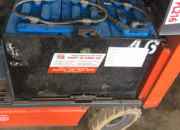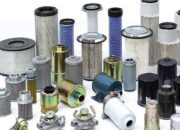How to calculate the number of pallets that can be stored in the warehouse?
Optimizing space but still being suitable for the maximum number of products/pallets is the primary goal of warehouse design. We have made some guesses and calculations through modern information technology equipment about a specific warehouse space so that you can answer the big question: How can the number of pallets be stored? What is the most accurate way to calculate the number of pallets that can be stored in the warehouse?

First, we need the numbers. Consider your current activity and answer the following questions:
– Overview of the warehouse such as area, location?
– How long are the pallets/goods stored?
– What is the width of the pallet/cargo?
– What is the length of the pallet/goods?
– What is the height of the pallet/goods?
– What is the height of the warehouse?
– How large is the storage area?
After answering these questions, we can count and determine approximately how many pallets can be stored in your warehouse using the forklifts listed below.
– How many pallets can be lifted at one time by a 4-wheel forklift?
– How many pallets can be lifted at one time by 3-wheel lifting device or manual lifting device?
– How many pallets can be stored on one shelf?
– How many pallets can be stored with one VNA or with a double depth?
Using a calculator can give you a good estimate of what your warehouse can store. If you are interested in more precise numbers, please contact Samcovina and we can send an employee to your warehouse to perform an in-depth analysis and help you calculate the number of pallets that can be stored.
xe nâng điện, xe nâng pallet






